About the project
British & Exotic Mineralogy
Published 1802–1817
British Mineralogy and Exotic Mineralogy comprise 718 illustrations by James Sowerby in an effort to illustrate the topographical mineralogy of Great Britain and minerals not then known to it. Sowerby’s plates are some of the finest examples of hand-drawn mineral illustrations ever created. The detail and care with which these illustrations were created is incredible and worthy of close examination. See the samples below.
Accompanying each illustration is a detailed description, a list of similar names by other researchers, characteristics, and classification details.
Sources: British Mineralogy vols. 1, 2, 3, 4, 5; Exotic Mineralogy vols. 1, 2.

-
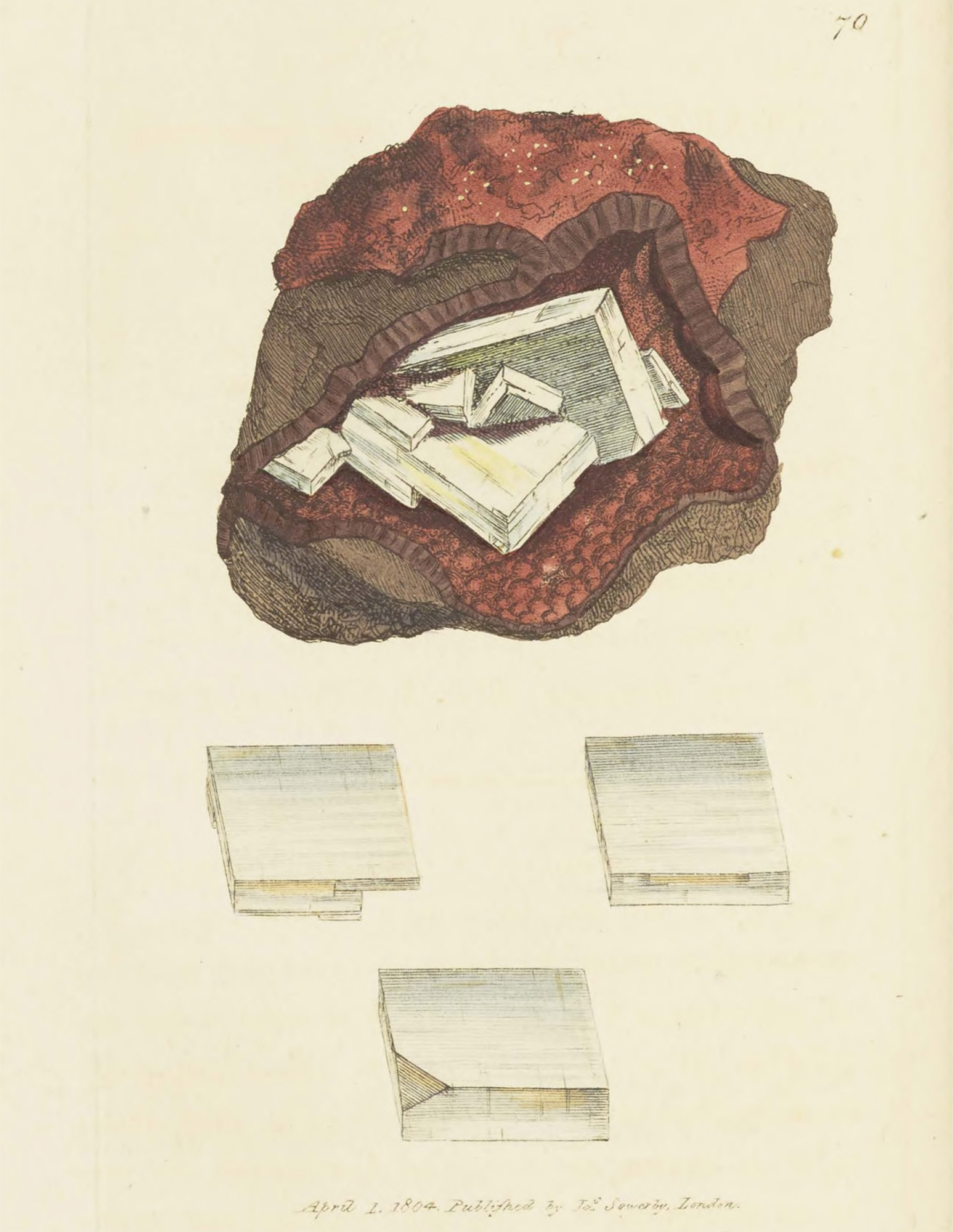
Sulphate of Barytes -
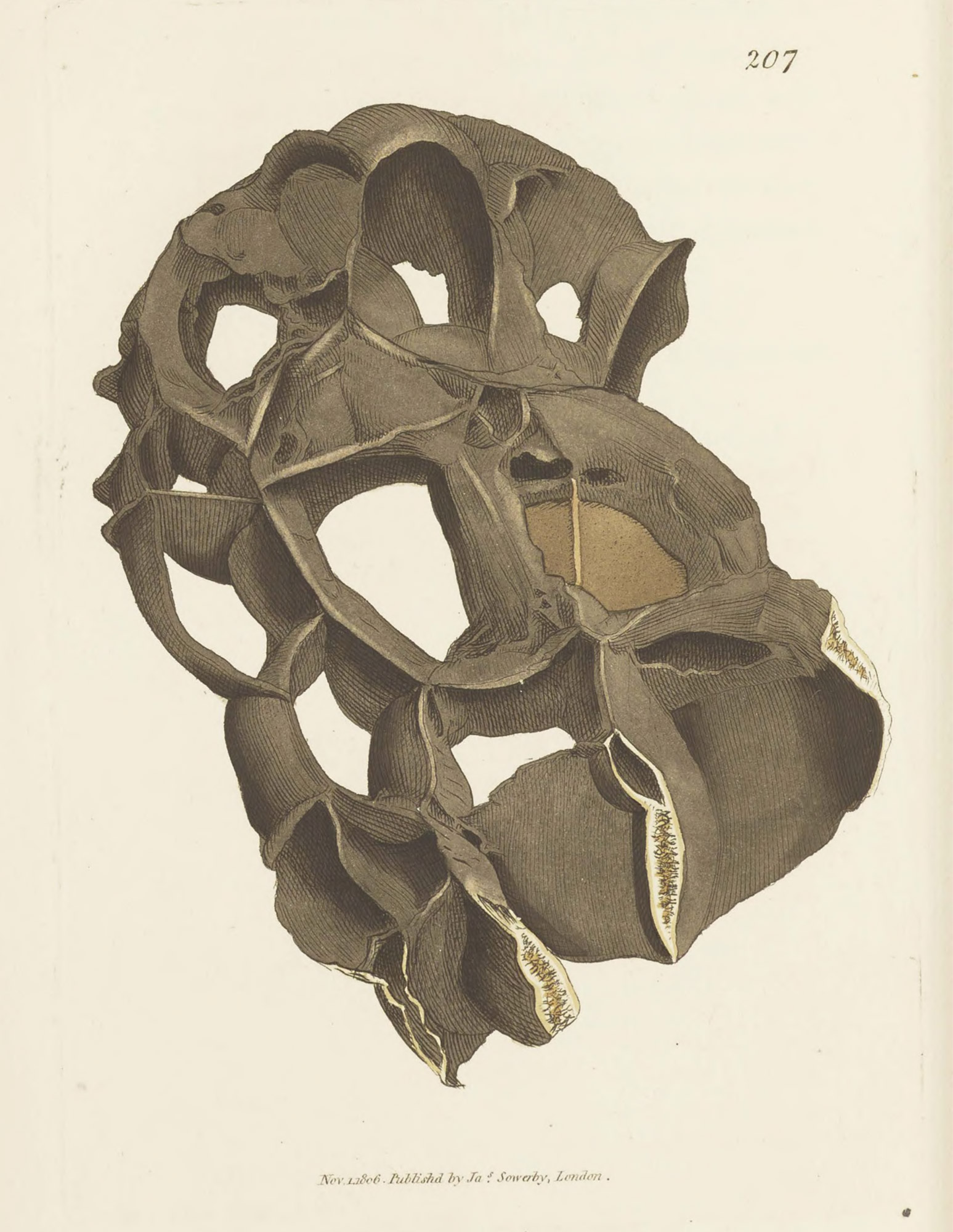
Quartz Septarium -
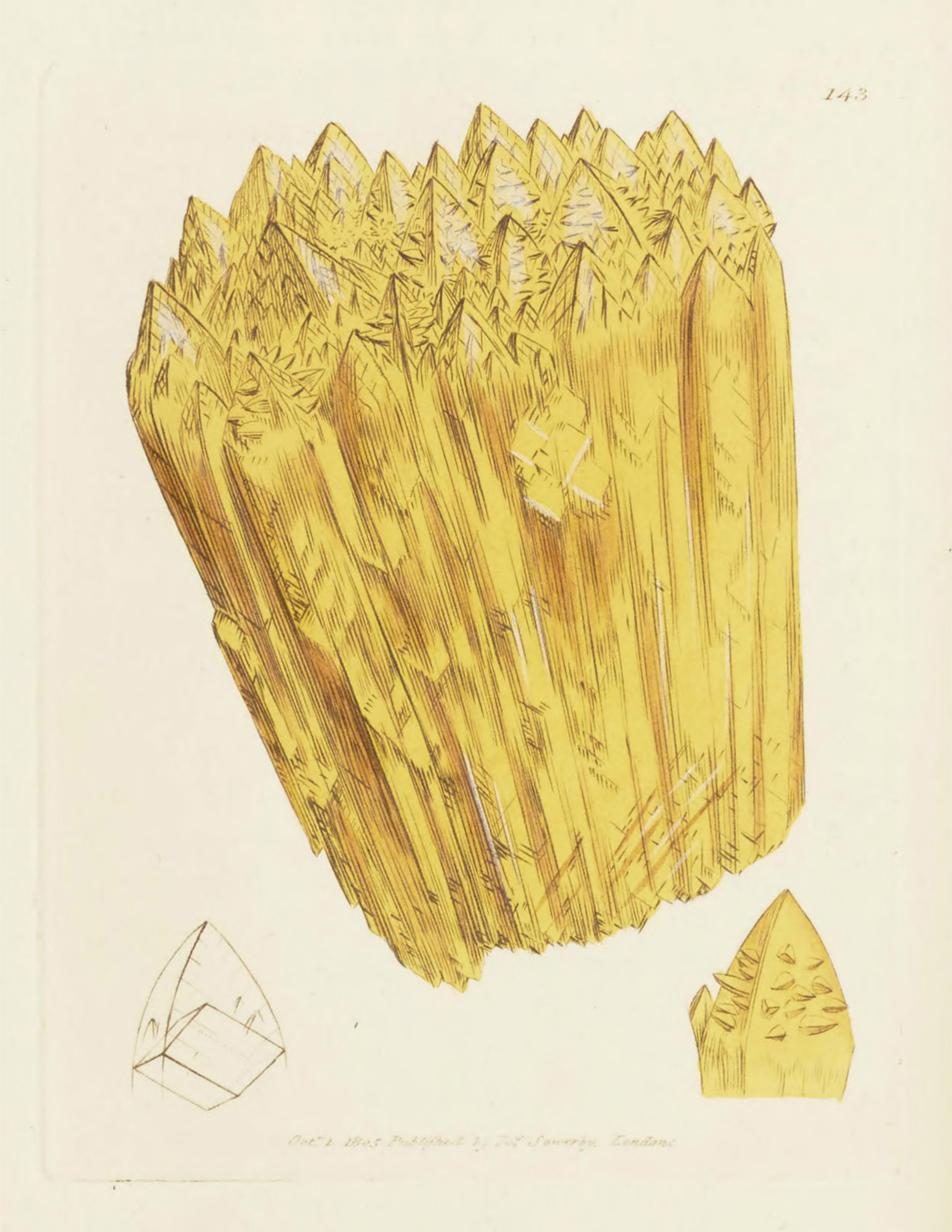
Inverse crystallized Carbonate of Lime -
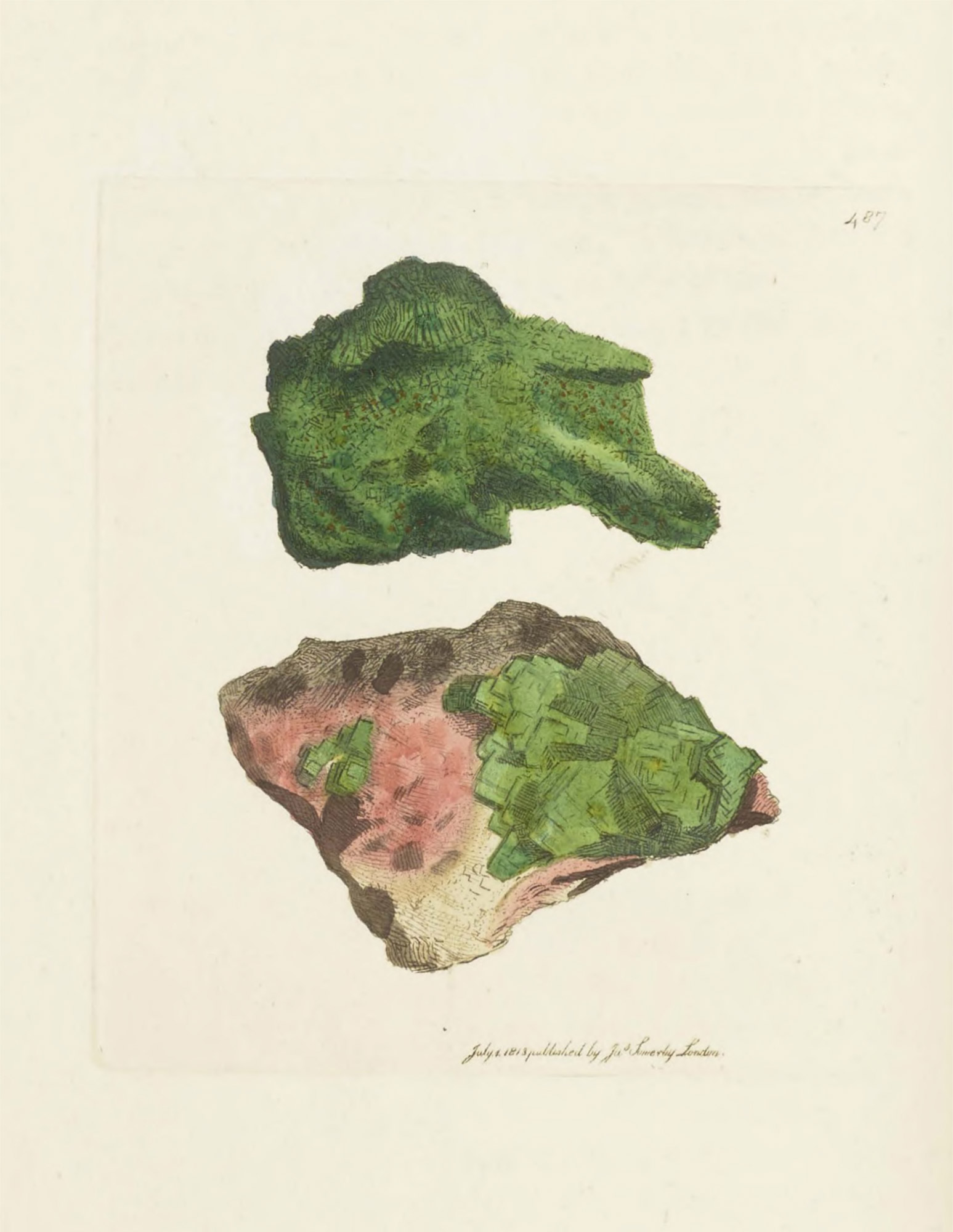
Oxide of Uranium, Uran-glimmer -
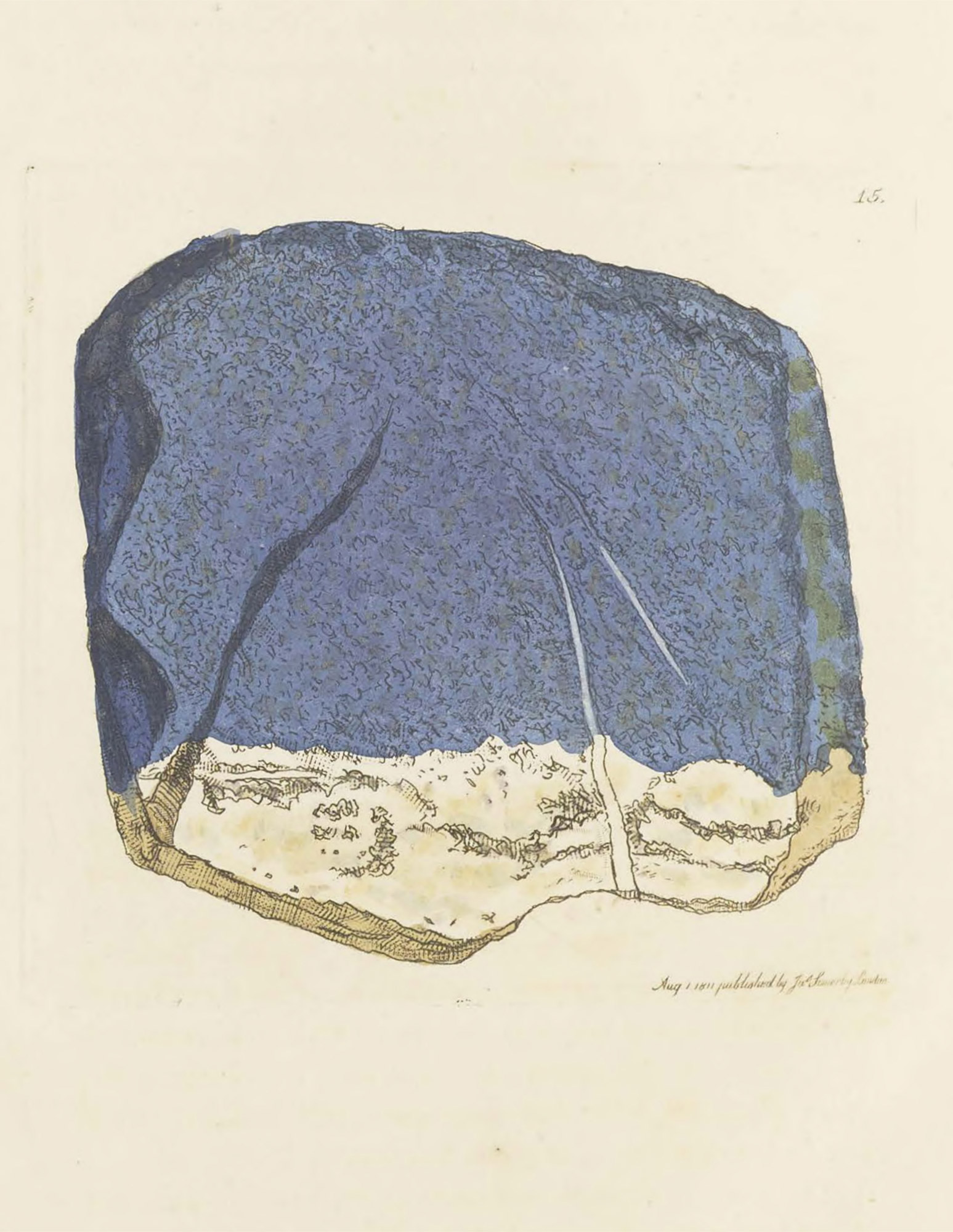
Lapis Lazuli -
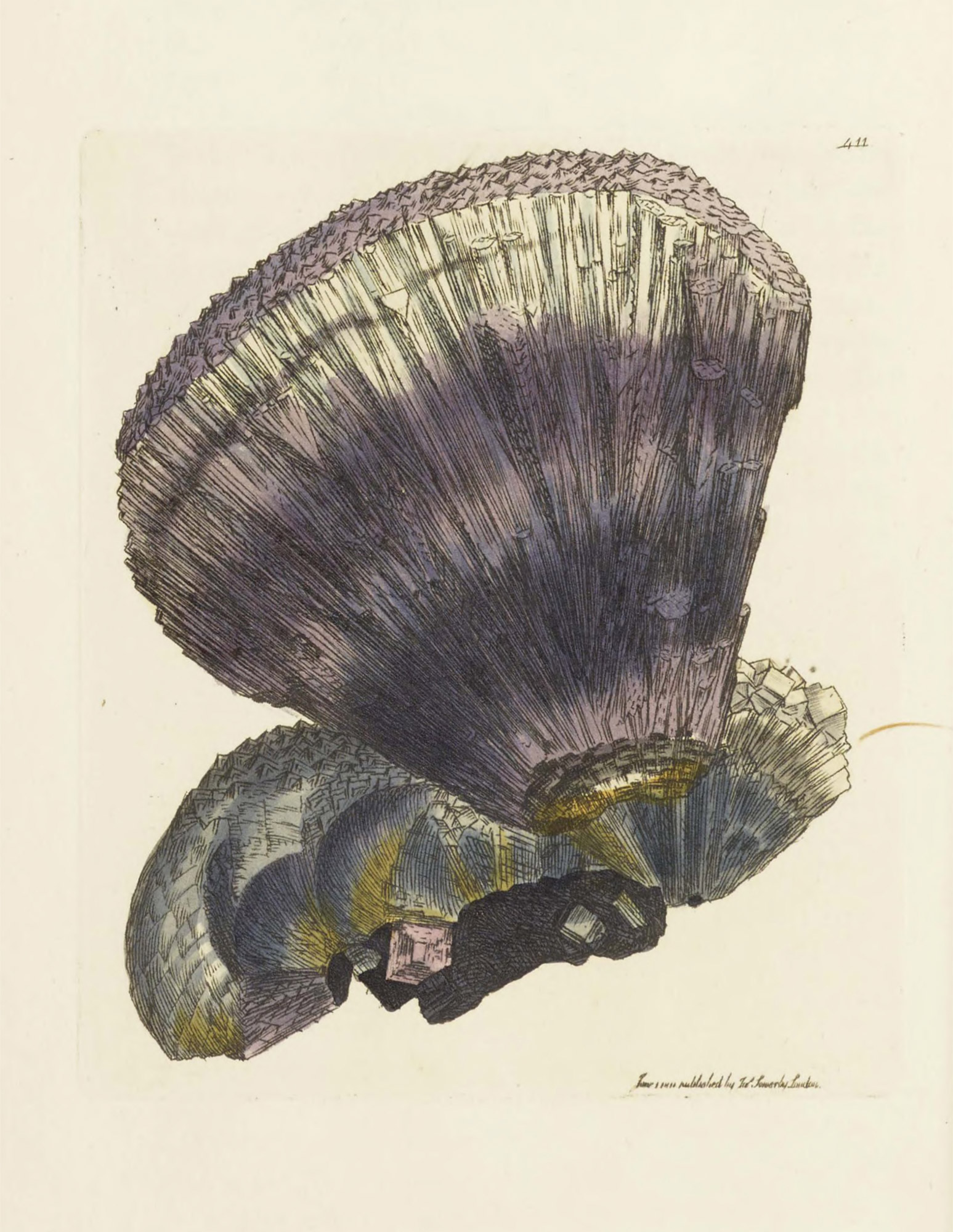
Fluor
Publishing timeline
Illustrations were usually published on the first of a month with a varying schedule. Originally issued in many smaller parts called “numbers” between 1802 and 1817, some subscribers had them bound into volumes. Plotting the dates written below each illustration on a timeline as shown below highlights the frequency with which they were originally published. They were published with much more frequency during the first few years (once a month) then slowed to about once every other month.
125 plates did not have a complete, legible, or visible date, including 28 from in the latter half of volume five (based on their numbering, they were likely published some time in 1816) and all 97 plates of volume two of Exotic Mineralogy (likely published between 1813 and 1817).
- Plate from British Mineralogy
- Exotic Mineralogy
1802
1803
1804
1805
1806
1807
1808
1809
1810
1811
1812
1813
1814
1815
1816
1817
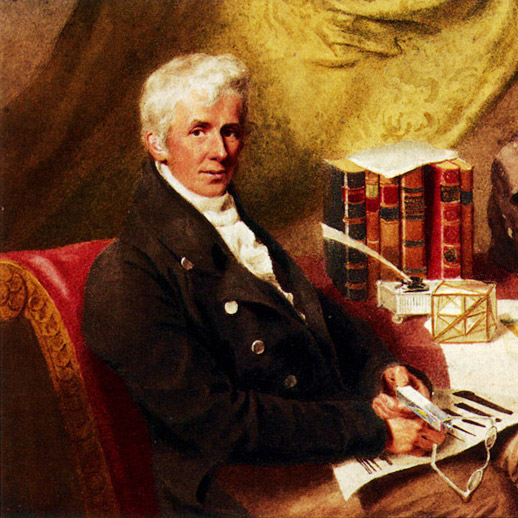

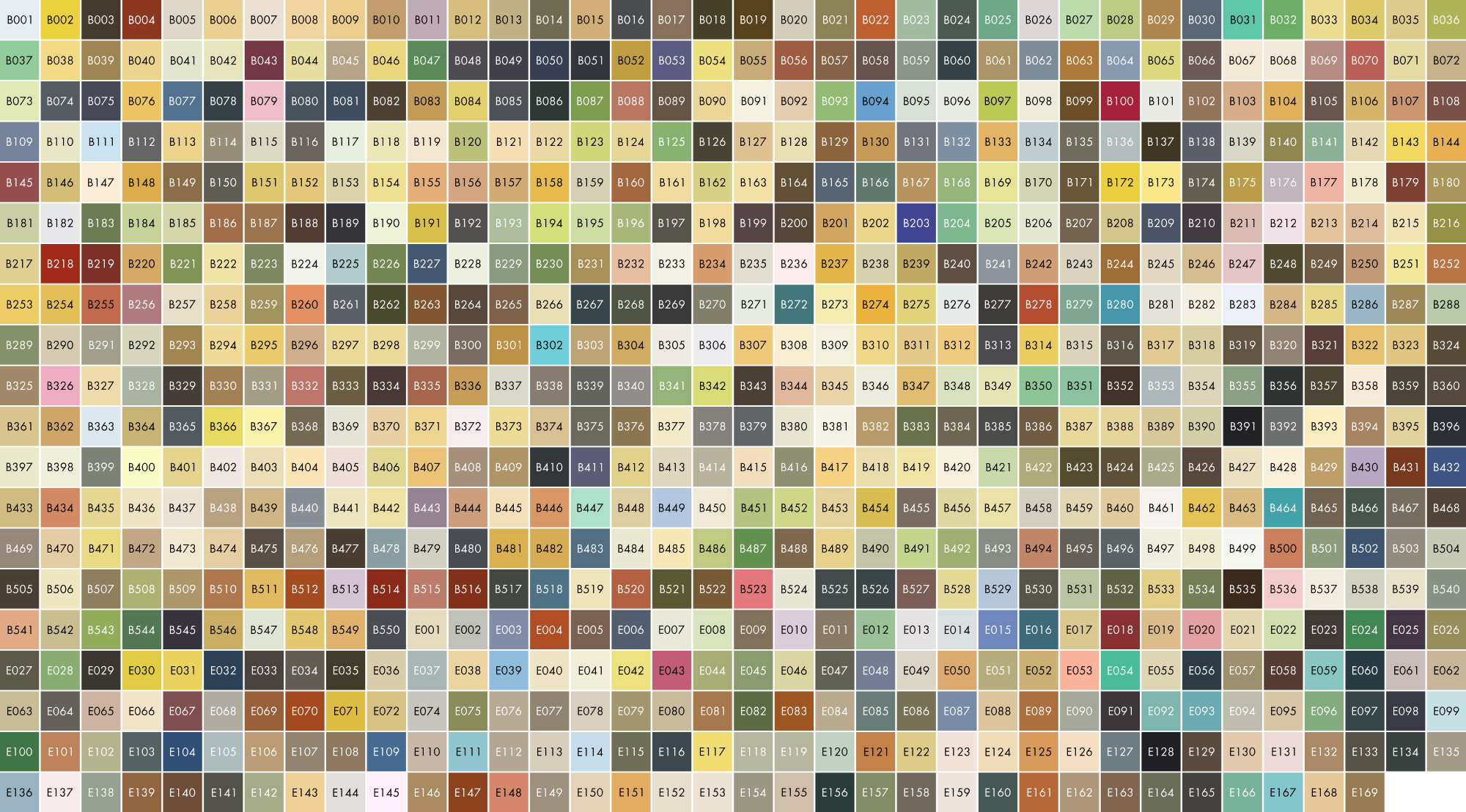
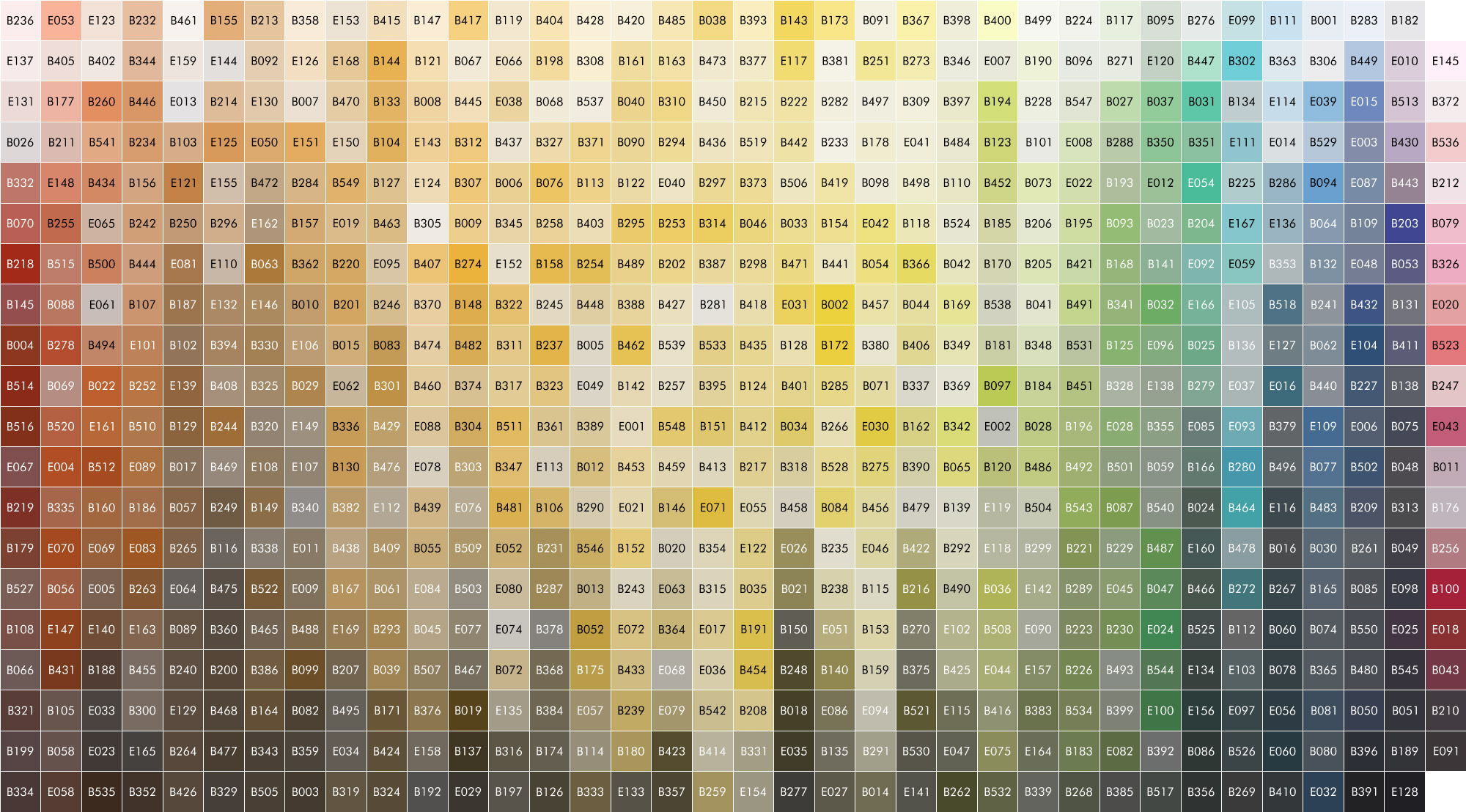
 Drag slider to see the progress from start to finish.
Drag slider to see the progress from start to finish.

